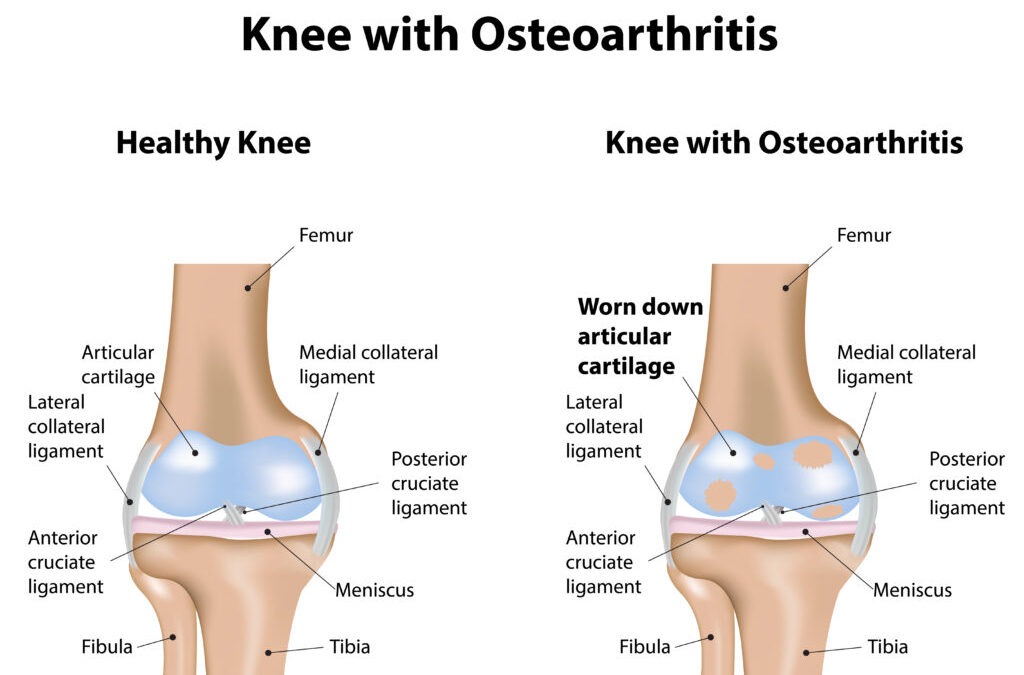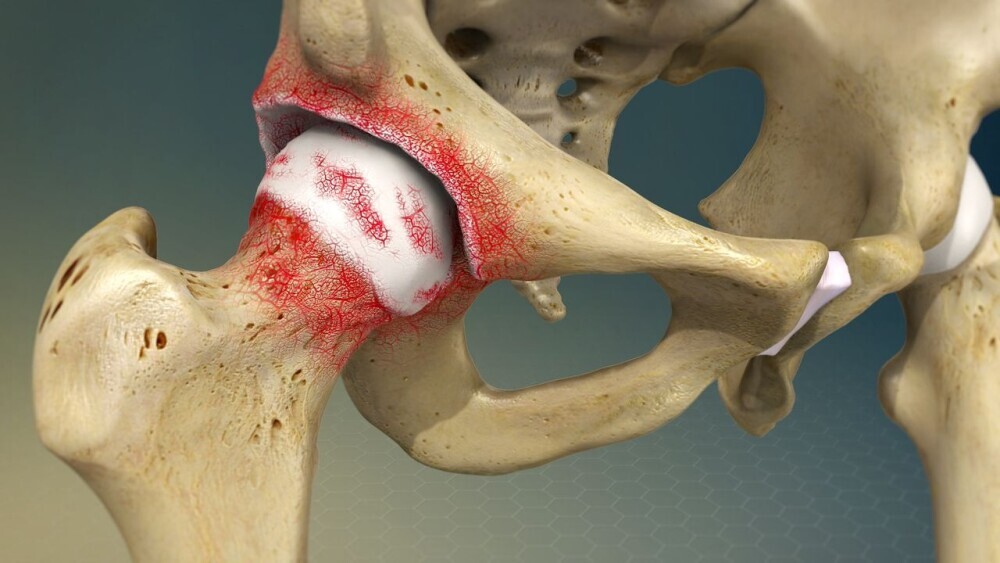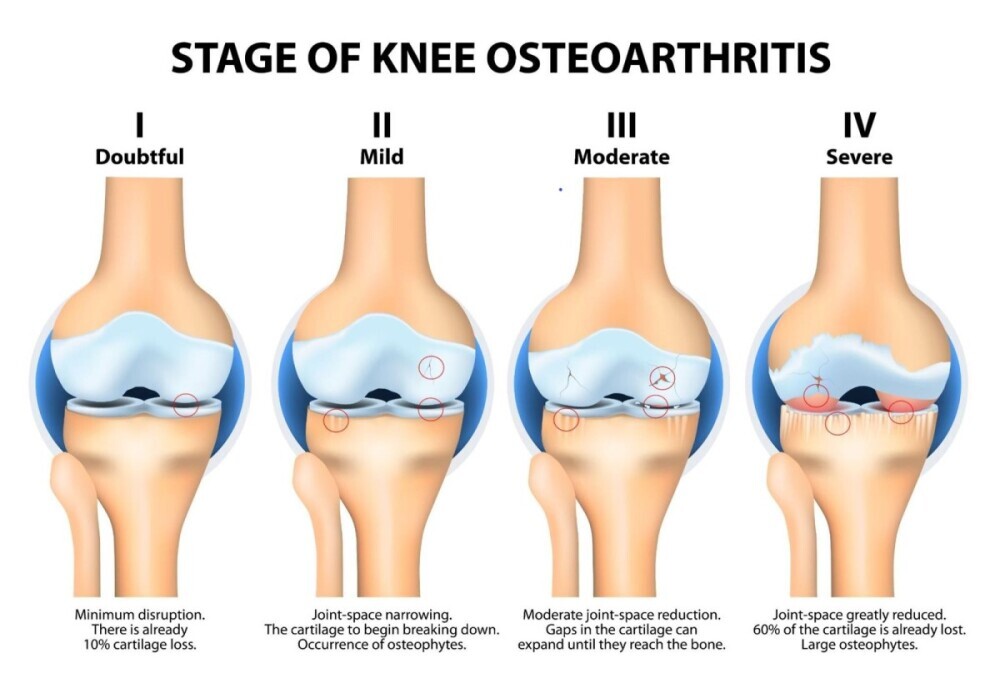Osteoarthritis might sound like a mouthful, but it’s something that touches the lives of many seniors. It’s that common type of arthritis that messes with the joints and often picks on the knees. Imagine living with a squeaky knee joint that’s causing pain every time you move—it’s not fun.
Why care, though? Well, as folks get older, the chances of facing osteoarthritis skyrocket. The numbers don’t lie; over 30 million adults in the U.S. have it, and most are seniors. That’s a lot of people trying to keep up with everyday tasks while managing that constant knee pain.
Knowing what osteoarthritis is and spotting the signs early can really make a difference. It’s about putting you or your loved ones in the best position to handle what’s coming. Understanding just a bit about this condition can help in making smarter health decisions, leading to a less bumpy ride through the golden years.
Key Takeaways
Osteoarthritis, especially in the knees, is a major player in knee pain for seniors and influences their mobility and quality of life.
This article will break down everything you need to know about osteoarthritis in a way that makes sense without all the medical jargon.
You’ll learn what osteoarthritis is, its causes, and how it’s diagnosed, along with management tips, which can provide a clearer path to dealing with it effectively.
By understanding these key points, you or someone you care about can take more informed steps towards easing that knee pain and improving day-to-day life.
What is Osteoarthritis? Unpacking the Basics

Alright, so what exactly is this osteoarthritis thing? It’s the most common form of arthritis that messes with the joints, and it’s got a real knack for picking on the knees of seniors.
Basically, osteoarthritis happens when the cartilage that cushions your joints wears down over time. Think of it like a car shock absorber finally giving out after years of potholes and speed bumps.
In the knees, this wear and tear means the bones start rubbing together without much padding, and that can really hurt. Walking, climbing stairs, or even standing might turn into battles against stiffness and swelling.
Symptoms often include a grinding sensation, pain after activities, or stiff joints in the morning.
If you notice these signs, it’s good to chat with a doctor. They can help figure out if osteoarthritis is the culprit and set you on the right path for managing it. This isn’t just about knowing what’s up with your body, but about setting yourself up for better days ahead.
Root Causes of Osteoarthritis in Knees

Wondering why osteoarthritis decides to settle into your knees as you age? Let’s break it down. This condition doesn’t just happen overnight; it’s a mix of elements at work over time.
First off, aging itself is a huge factor. As your body years up, that once-new cartilage starts thinning out. It’s pretty much a natural part of getting older, kind of like a well-loved pair of shoes showing some wear.
Then there are genetic factors. Some folks are just more prone due to their DNA. If osteoarthritis runs in the family, chances are higher that you might deal with it too.
Lifestyle choices can’t be ignored either. Carrying extra weight puts more strain on those knee joints, speeding up that wear and tear. Plus, if you’ve had any knee injuries in the past, those can make you more susceptible as well.
And don’t overlook the workout factor. Regularly putting stress on the knees from high-impact sports or activities can kick off the osteoarthritis process earlier.
Knowing the root causes helps in understanding how to manage or even mitigate some of the risk. It’s not always preventable, but every small change can make a difference in the long run.
Symptoms and Diagnosis of Knee Pain Due to Osteoarthritis
Recognizing the signs of osteoarthritis in the knees is like becoming your own knee detective. Early on, you might catch symptoms like stiffness, especially after getting out of bed or sitting for a while. It’s like your knees want to stretch and warm up, but they’re stuck on slow-mode.
Persistent knee pain is a loud indicator. If everyday movement turns into a task, it could be a sign that osteoarthritis is setting up shop. That grinding feeling or cracking sound when you move? That’s not just old age; it’s your knees trying to whisper the truth about what’s going on inside.
Getting a proper diagnosis is key. Doctors usually start with a physical exam, and if needed, they’ll look deeper with X-rays or MRIs. These tests give a peek at just how much wear and tear the cartilage is dealing with.
Early diagnosis is more than just putting a name to the pain. It opens the door to treatments that help slow down progression and manage the symptoms, offering relief and a better handle on the condition. If something’s off with your knees, checking in with a doctor sooner rather than later is always a smart move.
Effective Management and Treatment Options

Managing osteoarthritis in the knees isn’t about a one-size-fits-all solution, but rather finding what works best for you. Making lifestyle changes tops the list. Dropping a few pounds can ease the stress on your knees, making movement less painful.
Exercise plays a big role, too, but think low-impact stuff like swimming or cycling. These activities strengthen muscles without pounding your joints, so you’re not adding more wear and tear.
Pain management often involves over-the-counter pain relievers or anti-inflammatory meds to keep discomfort at bay. Talk to your healthcare provider to see what’s safe and what suits your needs.
Don’t shy away from physical therapy. The right exercises can boost flexibility and reduce pain, making those daily tasks easier to tackle.
In severe cases, doctors might suggest more advanced treatments. This could mean injections to reduce inflammation or, as a last resort, surgery to repair or replace damaged joints.
There’s no magic fix, but with the right approach, you can keep osteoarthritis from ruling your knees—and your life.
Conclusion
Wrapping up, understanding osteoarthritis is like having a roadmap to a brighter future with less knee pain. Knowledge isn’t just power here; it’s freedom.
Address the signs early, understand your body, and keep a chat going with your healthcare provider. This way, you’ll have more good days doing the things you love.
Got questions kicking around? Here are some that might help spark those important conversations.
** Our website contains affiliate links. This means if you click and make a purchase, we may receive a small commission. Don’t worry, there’s no extra cost to you. It’s a simple way you can support our mission to bring you quality content.
FAQ
What lifestyle changes can help manage osteoarthritis?
Focusing on weight management and incorporating low-impact exercises can significantly help alleviate stress on the knees.
Is there a specific diet recommended for osteoarthritis?
While no special diet exists, eating anti-inflammatory foods like fish or leafy greens might help manage symptoms.
How long does it take for pain relief methods to show results?
Results vary, but many find relief with consistent treatment in a matter of weeks.
What’s the role of surgery, and when should it be considered?
Surgery is usually a last resort, considered when conservative methods fail and if pain severely impacts daily life.
How important is physical therapy in osteoarthritis management?
It’s crucial as it helps improve flexibility, strengthens muscles, and eases pain, boosting the overall quality of life.

Great article! Osteoarthritis is a major concern, especially for seniors. I’ve had my left side fixed—hips and knees—so I understand the challenges. Physical therapy and low-impact exercises made a big difference for me. I appreciate the focus on early detection and lifestyle changes. It’s also worth exploring emerging treatments like stem cell therapy. Has anyone tried alternative therapies or supplements for knee pain? I’d love to hear your thoughts!
Hi Shawn,
Thank you for sharing your experience and insights! It’s inspiring to hear how physical therapy and low-impact exercises have helped you. Early detection and lifestyle changes truly play a crucial role in managing osteoarthritis.
Stem cell therapy is an intriguing option, and it’s great to see more emerging treatments being explored. In terms of alternative therapies, some people have found relief with supplements like Joint Genesis, glucosamine and chondroitin, as well as practices like acupuncture and yoga for flexibility and pain management.
I’d love to hear if anyone else has tried these or other approaches—let’s keep the conversation going!
Cheers
John